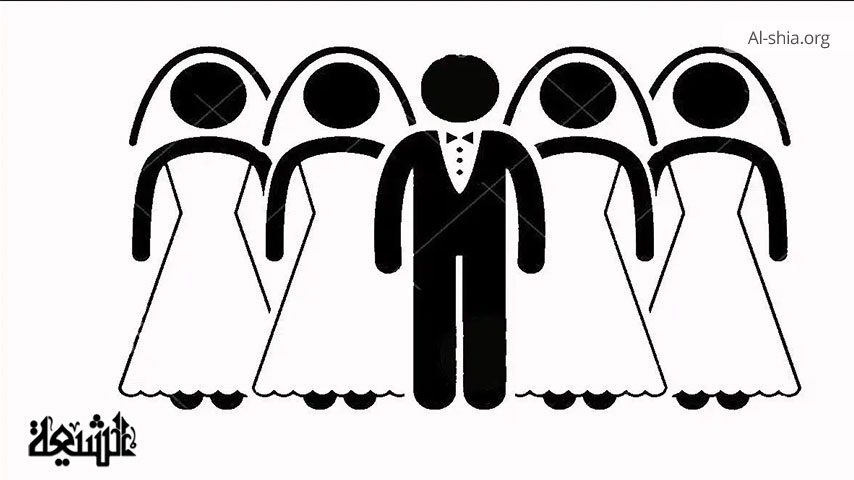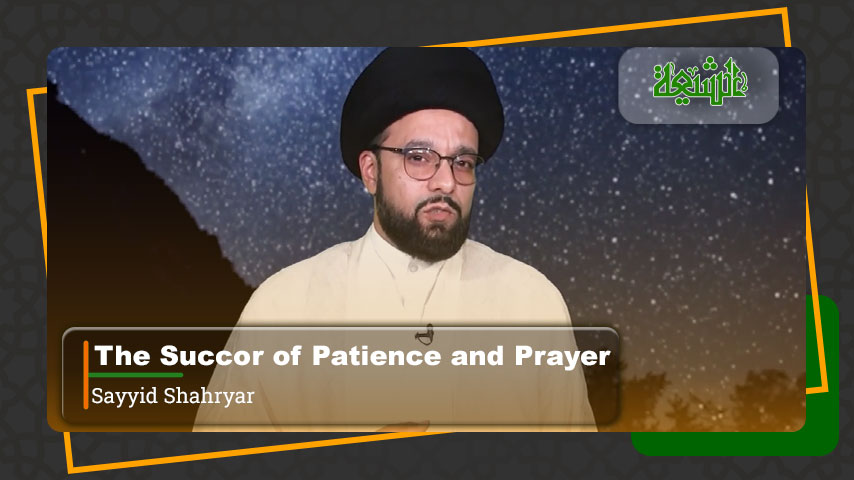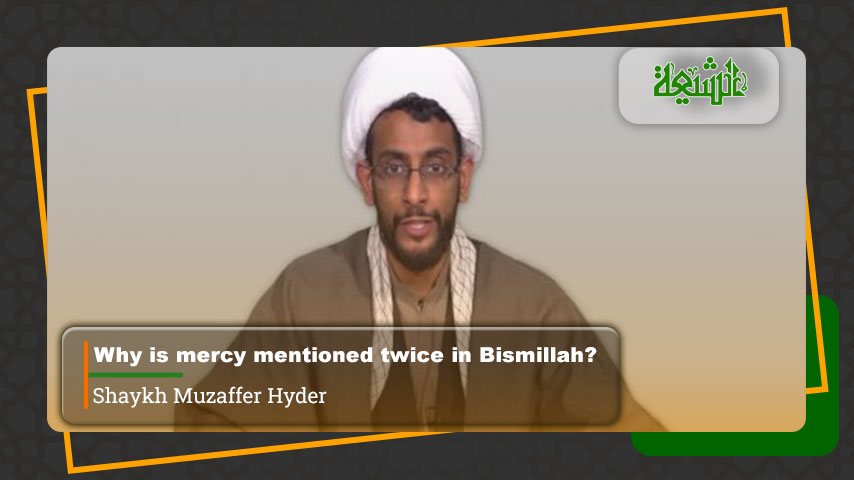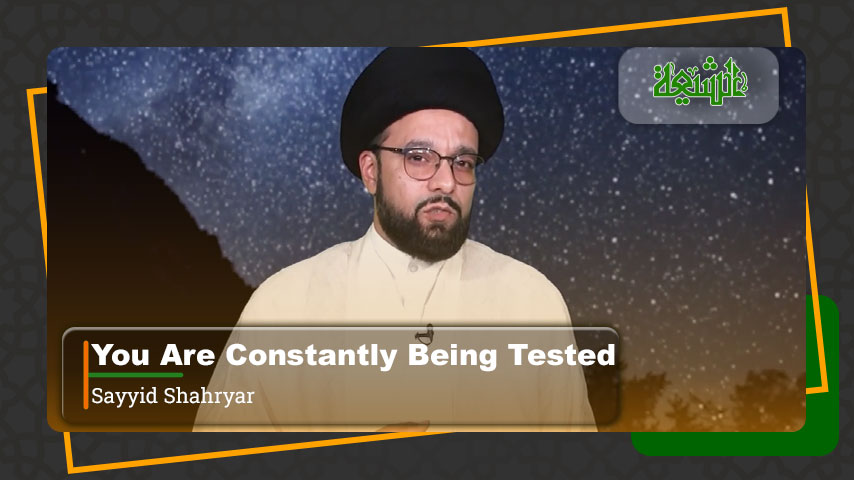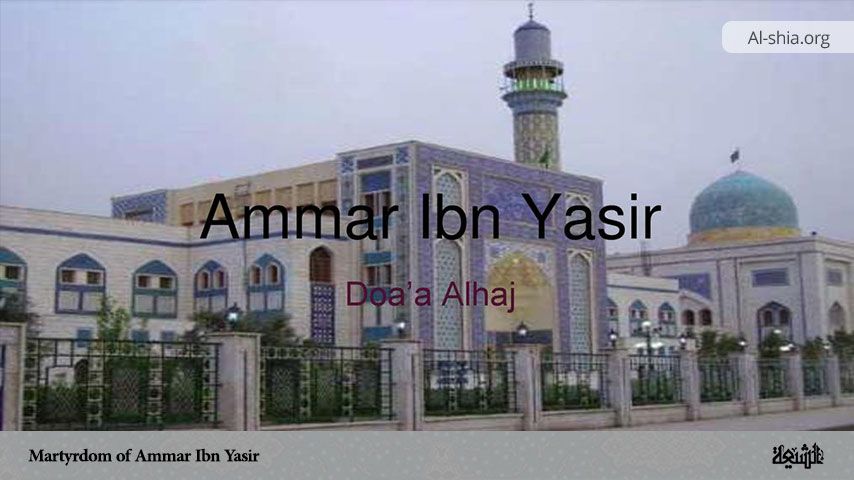Polygyny in Islam is a multifaceted topic that has garnered considerable attention and debate throughout history. Central to this discussion is the life of Prophet Muhammad (PBUHH), whose marriages were not only significant in their time but also hold deep implications for understanding the social, cultural, and theological dimensions of Islamic teachings.
Therefore, the present article aims to explain the philosophy and reasons for the marriages of the Prophet of Islam (peace be upon him and his family), to clarify his noble and sacred goals, as well as his true personality, which is far from these unjust accusations. Ultimately, this exploration seeks to clarify misconceptions surrounding polygyny in Islam and highlight the wisdom behind Prophet’s multiple marriages.
Historical Context of Polygamy
To fully understand the concept of polygyny in Islam, it is essential to examine the historical context of 7th-century Arabia, where social norms and practices greatly influenced marital customs. In pre-Islamic Arabian society, Polygamy was widely accepted and practiced, often as a means of securing alliances between tribes, ensuring protection, and increasing family lineage[1]. The tribal nature of Arab society placed significant emphasis on kinship, and multiple marriages were a strategic way to strengthen bonds and enhance social status.
When examining polygyny in Islam, it is crucial to recognize the transformative role that the teachings of the Prophet Muhammad (PBUHH) played in shaping marital practices. The Quran introduced guidelines that aimed to regulate polygamous relationships, emphasizing justice and equity among wives[2]. This was a departure from the prevalent practices of the time, which often lacked any such stipulations. The Prophet’s marriages can be viewed as both a reflection of the societal norms of his era and a means to address and reform those norms to promote a more equitable treatment of women.
Furthermore, the Prophet’s marriages to widows, women from various tribes, and women who were often marginalized or in need of assistance served not only to strengthen social ties but also exemplify a compassionate approach to polygyny in Islam, showcasing its potential for social welfare.
The Marriages of Prophet Muhammad (PBUHH)
The marriages of Prophet Muhammad (PBUHH) are a significant aspect of Islamic history and theology, providing valuable insights into the practice of polygyny in Islam. Understanding these marriages is essential for grasping the context and implications of polygyny in Islam.
Historians differ regarding the number of the Prophet’s (peace be upon him and his family) wives. Some, such as Ibn Hishām, have stated their number as thirteen[3]; others, like Masʿūdī[4] and Dhahabī[5], have considered them to be fifteen; and some, including Ḥākim[6] and Ibn Saʿd[7], have counted up to eighteen. The reason for this difference is that some historians have included in the count those women who, for various reasons, separated from the Prophet (peace be upon him and his family), as well as those considered his bondmaids (such as Māriyah the Copt).
However, what is agreed upon by prominent historians from both the Shīʿa and Sunni traditions is the following: First, the number of the Prophet’s (peace be upon him and his family) wives—those with whom he consummated marriage—before the prohibition of taking further wives, as declared by the revelation of verse 52 of Quran 33, was eleven. Second, at the time of his passing, nine of his wives were still alive. The names of these eleven women are as follows: Khadijah, Sawdah, ʿĀʾishah, Zaynab daughter of Khuzaymah, Ḥafṣah, Umm Salamah, Zaynab daughter of Jaḥsh, Juwayriyyah, Umm Ḥabībah, Ṣafiyyah, and Maymūnah. Among these, Lady Khadījah al-Kubrā and Zaynab, daughter of Khuzaymah, passed away during the lifetime of the Prophet[8] (peace be upon him and his family).
The Wisdom Behind the Prophet’s (PBUHH) Multiple Marriages
The theological foundation of polygyny in Islam is firmly rooted in the Qur’an and the teachings of the Prophet Muhammad (PBUHH), which together shape the ethical and legal framework of Islamic family life. Central to this foundation is Qur’an 4:3, which explicitly addresses polygyny in Islam, permitting up to four wives on the condition of justice. This divine condition underscores that polygyny in Islam is not an unchecked indulgence but a morally governed system designed to protect the rights of all parties involved. The Prophet’s multiple marriages, in this context, serve as a practical and exemplary model of how polygyny in Islam is to be applied with wisdom, fairness, and purpose.
The reasons behind the Prophet’s (PBUHH) polygynous marriages can be broadly categorized into general and specific purposes. These reasons reflect both the broader objectives of polygyny in Islam and the unique needs of the early Muslim community.
a: General Reasons
Among the general wisdoms behind the Prophet Muhammad’s (PBUHH) multiple marriages—central to the understanding of polygyny in Islam—are the following:
- Fulfilling his Divine Mission: The Prophet’s marriages were rooted in divine wisdom essential to fulfilling his prophetic responsibilities. Unlike rulers of his time who married for pleasure or political dominance, the Prophet chose elderly, widowed, and socially vulnerable women. This strategic pattern reveals that his practice of polygyny in Islam was mission-oriented and selfless. As Muḥammad Rashīd Riḍā notes in Tafsīr al-Manār, these marriages were a reflection of high statesmanship and noble intention during the Prophet’s later years, marked by intense political and spiritual duties [9].”
- Strengthening Islam: Through marriage, the Prophet forged strategic alliances with influential tribes and families. These relationships were not driven by personal gain but by the intent to reinforce the unity and reach of the Muslim community. This use of polygyny in Islam as a means of strengthening da‘wah efforts underscores its societal role beyond individual desires.
- Social compassion: One of the core values promoted by polygyny in Islam is compassion—especially for widows, divorcees, and the socially disadvantaged. Many of the Prophet’s wives were widows left without support in a patriarchal society. His marriages offered them dignity, security, and inclusion. If desire had been the motive, the Prophet could have sought out young women before his prophethood when he had both youth and status, yet he did not. This compassionate use of polygyny in Islam dismantles common misconceptions and highlights its humanitarian essence.
b. Specific Reasons
Beyond the general principles of polygyny in Islam, each of the Prophet’s (PBUHH) marriages had unique circumstances and objectives aligned with divine wisdom.
The Prophet Muḥammad (peace be upon him and his family) married Khadijah when he was 25 years old and lived with her alone for nearly 25 years—fifteen years before his prophethood and ten years after it. During her lifetime, he never married another woman[10]. Khadījah passed away in the tenth year of the Prophetic mission in Mecca, and this marriage has never been subject to doubt or criticism, as it was his first and with a woman who, according to widely accepted reports, was a widow and fifteen years his senior.
This marriage clearly lacked any motive of lust or material gain. If desire had been the motive, the Prophet could have married a younger woman or taken additional wives, especially since Khadijah had given him full control of her wealth and would not have objected. However, the Prophet remained monogamous during her lifetime and used her wealth solely for advancing the cause of Islam, not for personal benefit. This example reveals how polygyny in Islam must be understood within specific social and moral contexts.
After Khadijah’s passing, the Prophet entered into additional marriages, which reflected the social dynamics of the time. He married Sawda bint Zam’a, a widow, to provide her with protection and support[11].
His marriage to Aisha bint Abi Bakr and Ḥafṣah bint ʿUmar also had social implications. If the Prophet’s (peace be upon him and his family) marriage to ʿĀʾishah had been driven by sexual desire, he would have chosen a mature girl or a young widow, thereby avoiding the need to wait two years for her to reach maturity. This suggests that the marriage was not based on physical attraction, but rather strategic and social considerations—such as forging a bond with the influential Banū Tamīm tribe, easing potential challenges posed by Abū Bakr, and strengthening his commitment to the Islamic cause—were likely among the underlying reasons for this union.
Haykal, regarding the Prophet’s marriage to ʿĀʾishah and also to Ḥafṣah, the daughter of ʿUmar, says: “ʿĀʾishah and Ḥafṣah were the daughters of Abū Bakr and ʿUmar, and Muḥammad (peace be upon him and his family) wanted to establish kinship ties with them… The affection and love he had for ʿĀʾishah developed after the marriage, and did not exist at the time of the marriage. For this reason, it cannot be said that he married her out of affection for a woman, because when he proposed to ʿĀʾishah, she was seven years old, and the consummation occurred two years later.”[12]
The marriage of the Prophet Muḥammad (peace be upon him and his family) to Zaynab bint Jahsh served a significant social and religious purpose beyond personal reasons. Initially married to Zayd ibn Ḥārithah—a former slave and the Prophet’s adopted son—Zaynab’s union with him aimed to challenge and abolish class-based marriage taboos in Arab society. When the marriage ended in divorce, the Prophet, by divine command, married Zaynab to invalidate another deeply rooted pre-Islamic custom: treating adopted sons like biological ones in legal and marital rulings[13]. This marriage thus became a practical reform, affirming that true merit lies in piety and that social equality must override unjust traditions.
Conclusion
In conclusion, understanding polygyny in Islam—especially through the lens of the Prophet Muhammad’s (PBUHH) marriages—reveals a deeper wisdom rooted in spiritual, social, and humanitarian objectives. Far from being driven by personal desire, the Prophet’s polygynous marriages served as a means of supporting widows, strengthening tribal alliances, educating the ummah, and establishing moral and ethical frameworks for family life. By examining the context and purpose behind each marriage, it becomes evident that polygyny in Islam was implemented with balance, responsibility, and divine guidance.
Rather than a blanket license for personal indulgence, polygyny in Islam represents a system with clear regulations aimed at justice, compassion, and social welfare. The life of the Prophet (PBUHH) exemplifies this principle in action, offering a model of ethical leadership and care for the vulnerable. In a time when misconceptions abound, revisiting the Prophet’s example provides clarity and helps dispel misunderstandings surrounding polygyny in Islam.
Notes
[1] . Mahdi, Pishivai (1390 SH). Ṭārikh Islām: az Jāhiliyyah tā Payāmbar Islām, p.
[2] . Quran 4:3.
[3] . Ibn Hishām (n.d). Al-Sīrah al-Nabawiyyah, vol. 4, p. 293
[4] . al-Masʿūdī (1380 Sh). Murūj al-Dhahab wa Maʿādin al-Jawhar, vol. 3, 23.
[5] . al-Dhahabī, Muḥammad ibn Aḥmad (1415 AH). Tārīkh al-Islām wa Wafayāt al-Mashāhīr wa al-Aʿlām, vol. 2, pp. 592–599.
[6] . al-Ḥākim al-Nayshābūrī, (1411 AH). Al-Mustadrak ʿalā al-Ṣaḥīḥayn, vol. 4, pp. 3–4.
[7] . Ibn Saʿd, Muḥammad ibn Saʿd (1377 AH). Al-Ṭabaqāt al-Kubrā, vol. 8, p. 52.
[8] . Majid Abolqasemzadeh Mehri Kazemnejad (1385). “Kankāshī darbārah-yi ʿIlal-i Taʿaddud-i Hamasarān-i Payāmbar,” Maʿrifat, no. 108, p. 84.
[9] . Muḥammad Rashīd Riḍā (1420 AH). Tafsīr al-Qurʾān al-Ḥakīm al-Mashhūr bi-Tafsīr al-Manār, vol. 4, 302.
[10] . ʿAbd al-Raḥīm ʿAqīqī Bakhshāʾīshī (1352 Sh). Yak Baḥth-e Tārīkhī wa Taḥlīlī darbārah-ye Hamsarān-e Rasūl-i Khudā (ṣallā Allāhu ʿalayhi wa ālihi), pp. 5–7.
[11] . Sayyid Muḥammad-Ḥusayn Ṭabāṭabāʾī (n.d). Tafsīr al-Mīzān, vol. 4, p. 309.
[12] . Muhammad Husayn Haykal (n.d). Hayat Muhammad, p. 435.
[13] . Faqih Imami, Sayyid Kamal et al (1997). An Enlightening Commentary into the Holy Qur’an, vol. 14, pp. 331-332.
References
ʿAbd al-Raḥīm ʿAqīqī Bakhshāʾīshī (1352 Sh). Yak Baḥth-e Tārīkhī wa Taḥlīlī darbārah-ye Hamsarān-e Rasūl-i Khudā (ṣallā Allāhu ʿalayhi wa ālihi), (with an introduction by Martyr Dr. Muftaḥ), 3rd ed., Qom: Markaz-i Maṭbūʿātī-yi Dār al-Tablīgh al-Islāmī, pp. 5–7.
al-Dhahabī, Shams al-Dīn Abū ʿAbdallāh (1415 AH). Tārīkh al-Islām wa Wafayāt al-Mashāhīr wa al-Aʿlām. 3rd ed. Beirut: Dār al-Kitāb al-ʿArabī.
al-Ḥākim al-Nayshābūrī (1411 AH). Al-Mustadrak ʿalā al-Ṣaḥīḥayn. Beirut: Dār al-Kutub al-ʿIlmiyyah.
al-Masʿūdī, Abū al-Ḥasan ʿAlī ibn al-Ḥusayn (1380 Sh). Murūj al-Dhahab wa Maʿādin al-Jawhar. Qum: Intishārāt al-Sharīf al-Raḍī.
Faqih Imami, Sayyid Kamal et al (1997). An Enlightening Commentary into the Holy Qur’an. Translated by Sayyid Abbas Sadr-‘Ameli. 1st ed. Vol. 5. Isfahan: Iman Ali Library and Research Centre.
Ibn Hishām, ‘Abd al-Malik. Al-Sīrah al-Nabawiyyah. Beirut: Dār Iḥyāʾ al-Turāth al-ʿArabī.
Ibn Saʿd, Muḥammad ibn Saʿd (1377 AH). Al-Ṭabaqāt al-Kubrā. Beirut: Dār Ṣādir,.
Ma’rifat, Muḥammad Hādi (1392 Sh). ‘Ulūm Qur’ānī. 15th ed. Qom: Tamhid Cultural Institute.
Mahdi, Pishivai (1390 SH). Ṭārikh Islām: az Jāhiliyyah tā Payāmbar Islām (16th edition). Qom: Daftar Nashr Ma‘ārif.
Majid Abolqasemzadeh Mehri Kazemnejad (1385). “Kankāshī darbārah-yi ʿIlal-i Taʿaddud-i Hamasarān-i Payāmbar,” Maʿrifat, no. 108, pp.83-94.
Muhammad Husayn Haykal (n.d). Hayat Muhammad, translated by Abolqasem Payandeh, 6th edition, Tehran, Ali Akbar Elmi Publications.
Muḥammad Rashīd Riḍā (1420 AH). Tafsīr al-Qurʾān al-Ḥakīm al-Mashhūr bi-Tafsīr al-Manār. Beirut: Dār al-Kutub al-ʿIlmiyyah, vol. 4, 302.
Sayyid Muḥammad-Ḥusayn Ṭabāṭabāʾī (n.d). Tafsīr al-Mīzān, translated by Sayyid Muhammad Baqir Musavi Hamadani, Qom, Islamic Publications.



